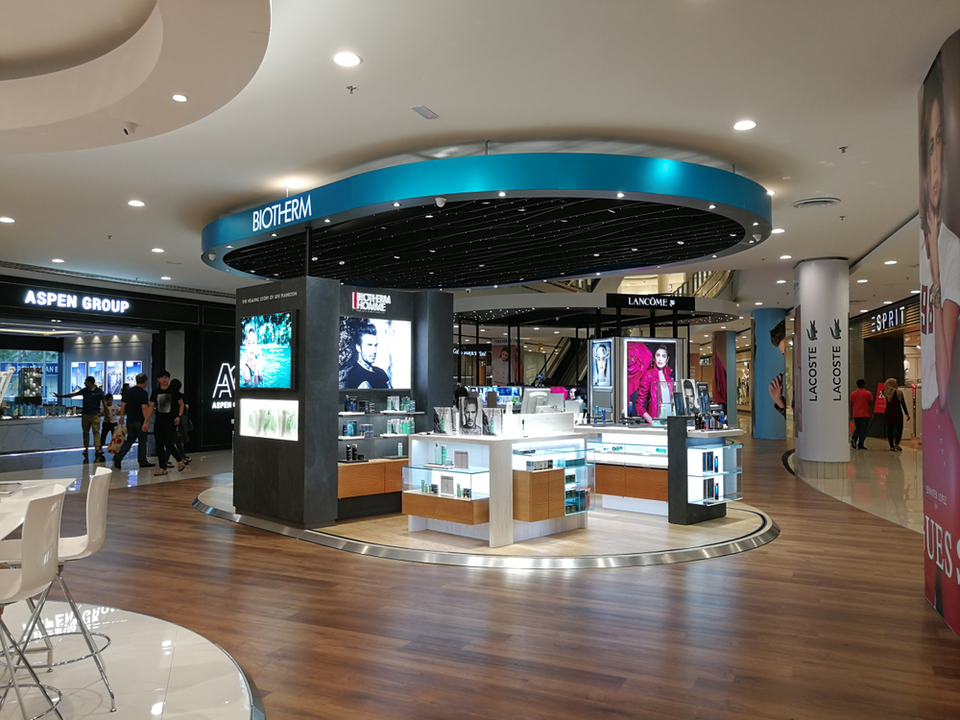Introduction: The World of Mall Kiosks
As a frequent visitor of malls, I've always been intrigued by the small, seemingly insignificant kiosks scattered throughout the shopping center. I often find myself stopping by to check out their unique products and services, and it got me wondering, do these kiosks actually turn a profit? In this article, I will delve into the world of mall kiosks, exploring their profitability and what it takes to make them successful. So, let's dive right in and get to the bottom of this retail mystery.
Why Kiosks Exist: The Benefits for Mall Owners and Entrepreneurs
First and foremost, let's discuss why kiosks exist in the first place. For mall owners, kiosks can be a great way to fill empty spaces and generate additional income. The rent for kiosk spaces is generally lower than that of full storefronts, making it an attractive option for entrepreneurs looking to start a business with a lower initial investment. This mutually beneficial arrangement allows mall owners to maximize their profits while giving budding entrepreneurs a chance to test their business concepts in a low-risk environment. Additionally, kiosks can add variety and interest to the mall's offerings, potentially drawing in more customers.
Products and Services: What Kiosks Offer
Kiosks often stand out for their unique and specialized products or services. From cellphone accessories and personalized gifts to beauty treatments and snacks, these small businesses provide a wide range of offerings that cater to various customer needs. This specialization is key to their success, as it allows them to target specific customer segments and differentiate themselves from the larger retail stores. By offering niche products or services, kiosks can often charge premium prices, helping them to generate higher profit margins.
Location, Location, Location: The Importance of Foot Traffic
When it comes to mall kiosks, location is everything. The more foot traffic a kiosk is exposed to, the higher the chances of attracting customers and making sales. Therefore, it's crucial for kiosk owners to select a prime location within the mall, even if it means paying a higher rent. Ideally, a kiosk should be situated near popular stores, food courts, or other high-traffic areas that can maximize its visibility and potential customer reach.
Marketing and Branding: Standing Out in the Crowd
With so many retailers vying for customers' attention in a mall, it's essential for kiosks to create a strong brand presence and utilize effective marketing strategies. This can include eye-catching signage, attractive product displays, and engaging sales staff who can interact with customers and demonstrate the value of the kiosk's offerings. Additionally, kiosk owners can leverage social media and other digital marketing platforms to build awareness and drive traffic to their mall location.
Customer Service: Creating a Memorable Experience
Exceptional customer service is a critical factor in the success of any retail business, and kiosks are no exception. To stand out from the competition and build a loyal customer base, kiosk owners must ensure that their staff is well-trained, knowledgeable, and friendly. By providing personalized attention and going the extra mile to meet customer needs, kiosks can create memorable experiences that will keep customers coming back for more.
Adapting to Trends: Staying Relevant in a Fast-Paced Retail World
The retail landscape is constantly evolving, and mall kiosks must adapt to these changes to remain profitable. This can involve regularly updating product offerings to keep up with current trends, incorporating new technologies to enhance the customer experience, or adjusting business models to meet shifting consumer preferences. By staying agile and responsive to the market, kiosks can maintain their competitive edge and ensure long-term success.
Conclusion: Do Mall Kiosks Turn a Profit?
In conclusion, the profitability of mall kiosks largely depends on a variety of factors, including location, product offerings, marketing efforts, and customer service. While not every kiosk may be successful, those that are able to create a unique value proposition, attract customers, and adapt to the ever-changing retail landscape can indeed turn a profit. As a consumer, I will continue to be drawn to these small businesses for their specialized products and personalized service, and I hope that their presence in our malls will continue to thrive for years to come.







